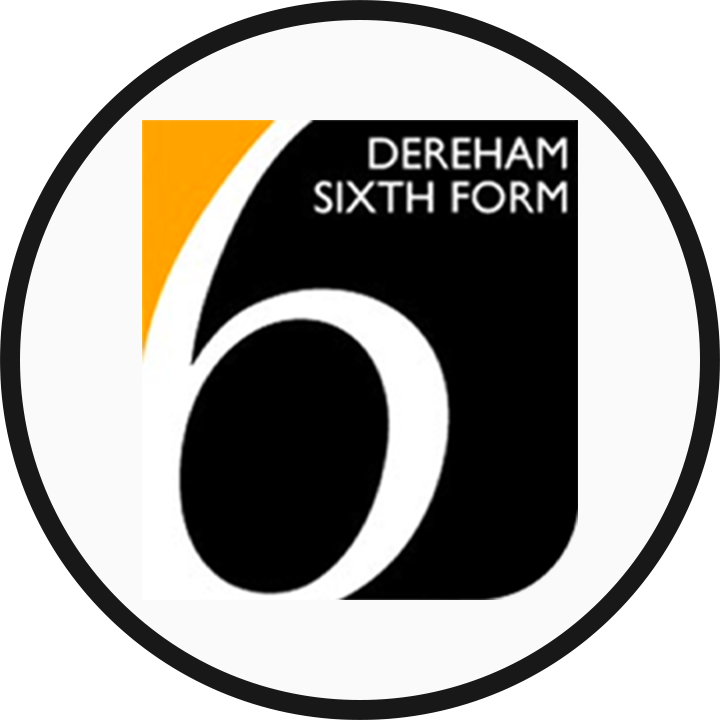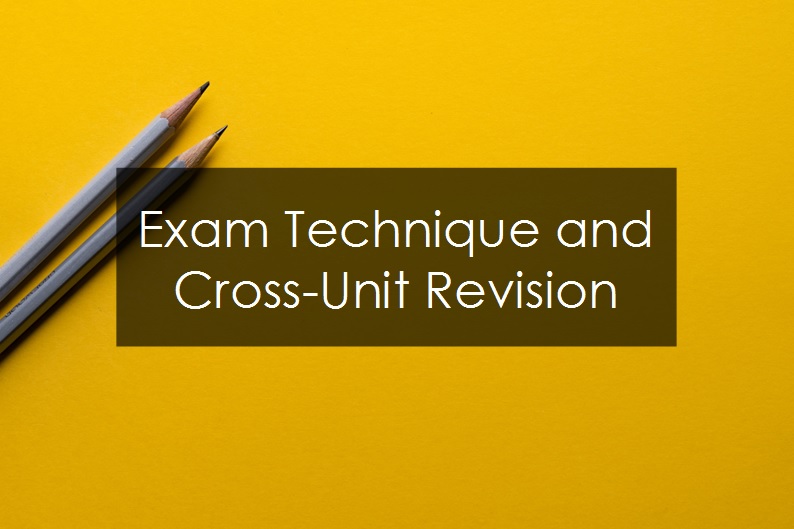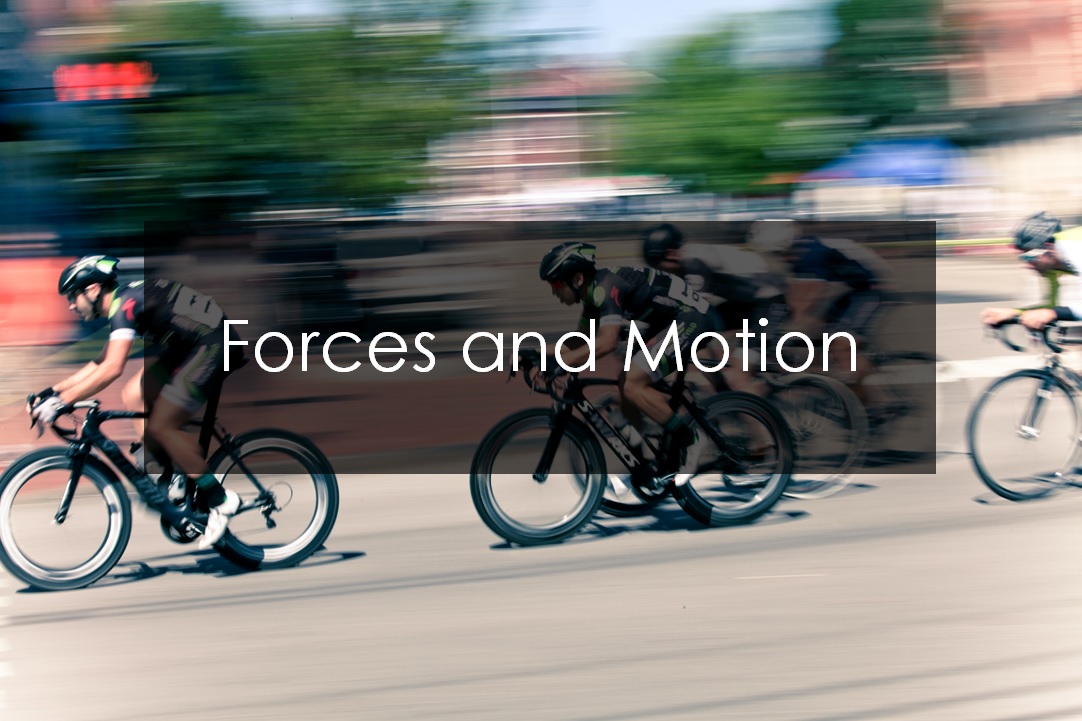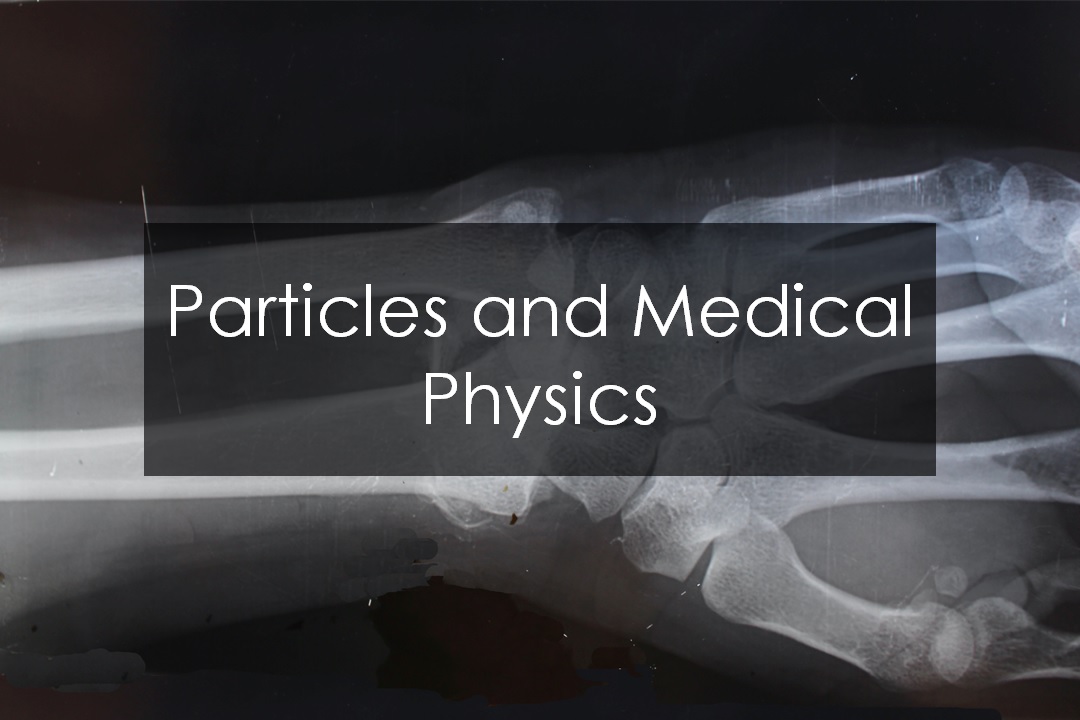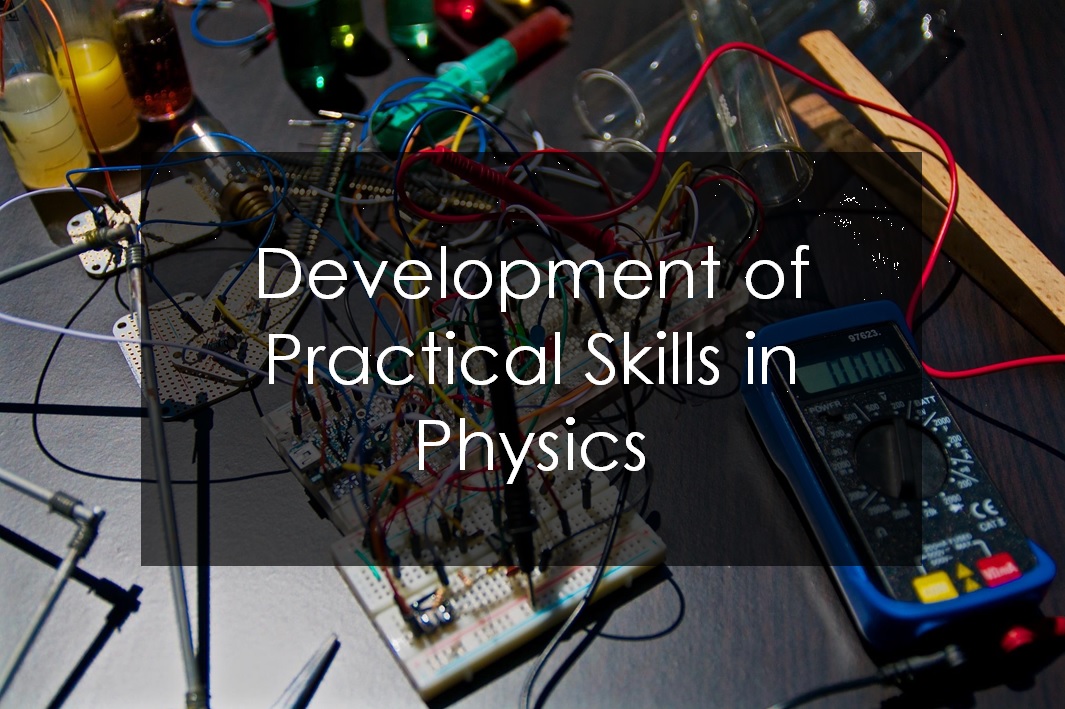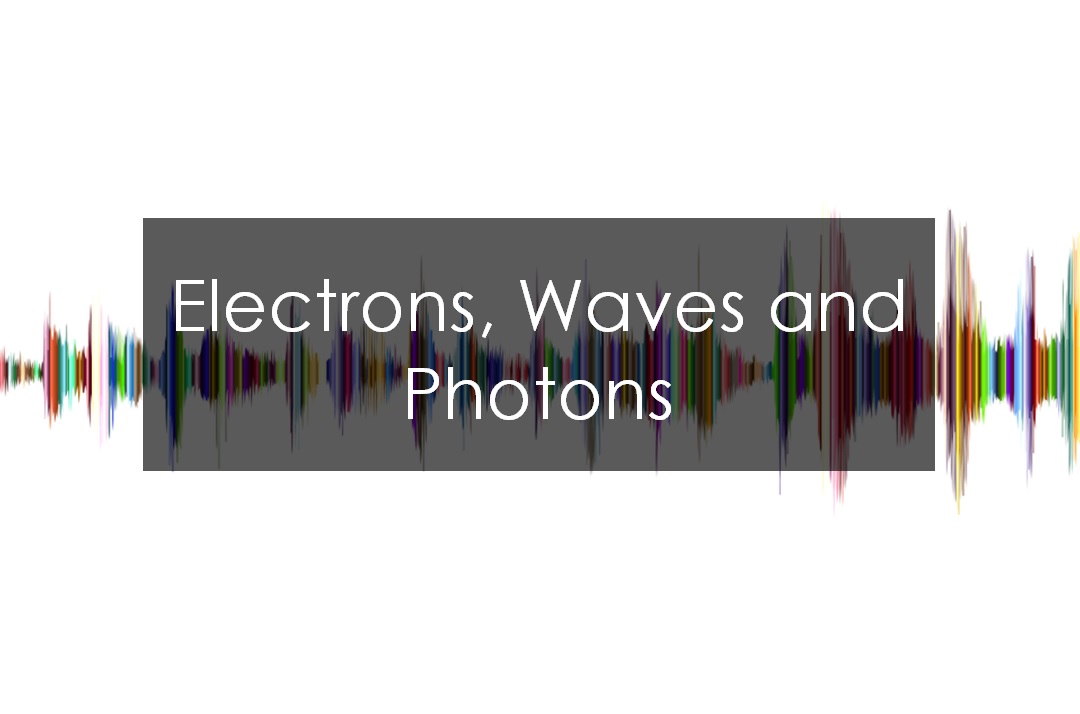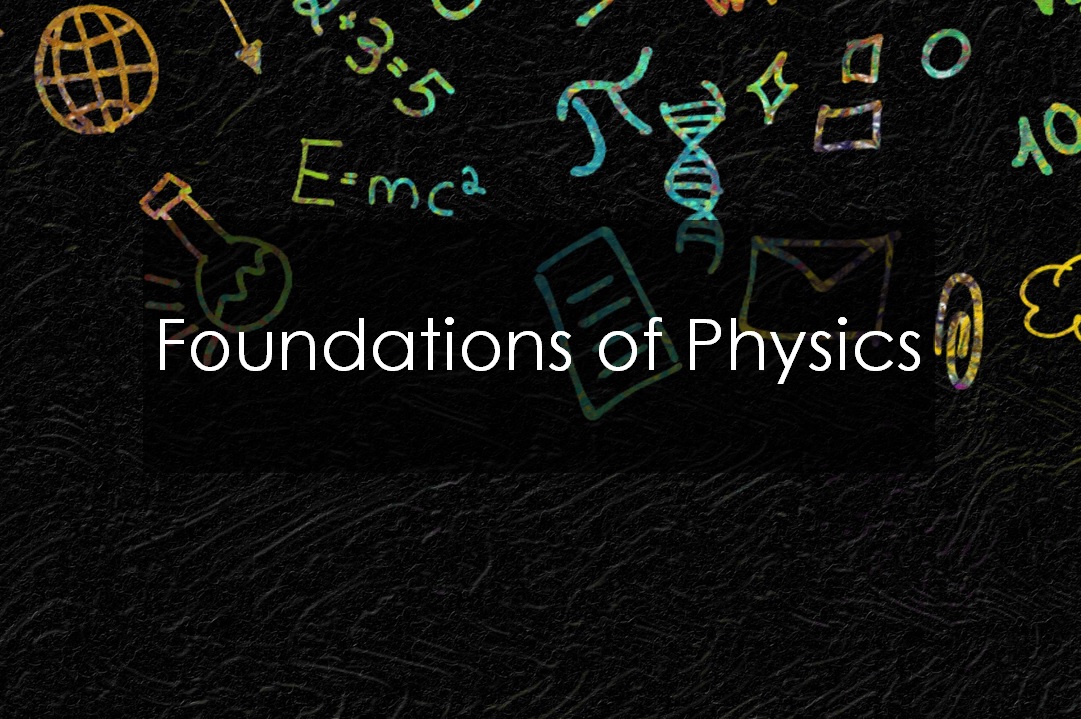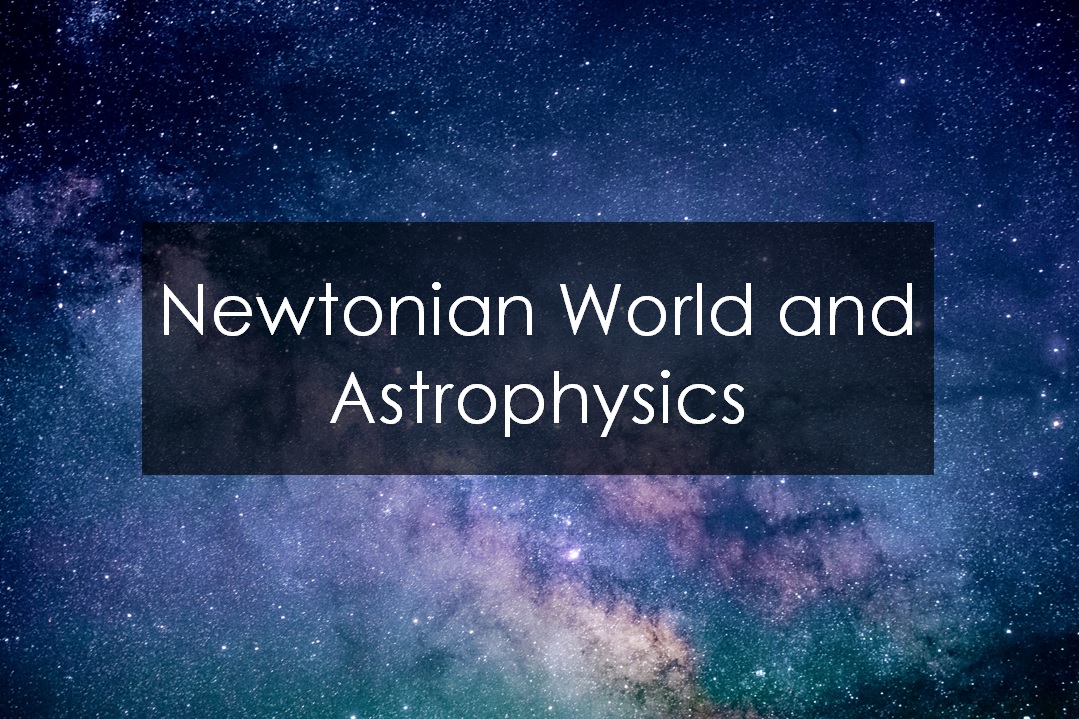The Latest Articles from Physics Review
Physics Review, April 2023
The power behind the bike: How much power does a cyclist generate? And how is their power measured? The power generated by a cyclist is related to the work done as they pedal, which depends on the force they exert and on the angular velocity of the pedals. A cycle power meter uses a strain gauge to measure force. Look out for the practice-for-exam questions in this article.
Crossword: Revision crossword.
Perpetual motion: Perpetual motion machines appear to move for ever with no external energy source. Explaning an apparent perpetual motion machine involves ideas about energy stores and energy conservation, and the ideal gas law. Look out for the practice-for-exam questions in this article.
Who were they? Tomonaga Shin’ichiro 1906-79: Tomonaga Sin’ichiro was born in Tokyo. He graduated from Tokyo University in 1929 and worked there for a further 3 years. In 1932 he joined RIKEN, a research institute in Tokyo. Here he began work on quantum electrodynamics (QED) – the frontier theory of light-matter interaction – and produced important papers on the creation of electrons and positrons by photons.
Mathskit: reciprocals: David Swinscoe guides you through using reciprocals in physics equations and calculations.
At a glance: on the surface: Natural materials can provide inspiration for materials scientists…
Domestic heat pumps: How can we heat our homes in an environmentally friendly way? The efficiency of a heat pump used to heat a home is effectively greater than 100%, which appears to violate energy conservation. The energy that it transfers into the home from the surroundings is greater than the energy used to operate the pump. Look out for the practice-for-exam questions in this article.
Skillset: measuring the speed of sound: Ian Lovate discusses how to measure the speed of sound in air using a double-beam oscilloscope. Look out for the practice-for-exam questions in this article.
Physics online: royal crystals: Carol Tear explores the pysical properties of gemstones found on the royal ‘instruments of state’. Look out for the practice-for-exam questions in this article.
Exam talkback: exponential changes in an oximeter: Some exam questions ask you to apply your physics knowledge to unfamiliar situations. This question is about exponential change in a medical device. It may seem surprising, even unfair, but examination questions can use situations that you have never studied, and may even refer to physics beyond the limits of your specification. These questions always provide any new information that you will need and therefore do not test any knowledge outside the specification. However, all exam boards do say that they will assess how well students ‘interpret scientific information to make judgements and reach conclusions.’ This is something you should expect and be prepared for.
Crossword notes: current, circuits and curiosity: These answers to the revision crossword and notes focus on the electric circuits used in a device that exploits two types of current – convection and electrical – to sense orientation.
Microfliers: The winged seeds of a maple tree and the delicate ‘puff’ of a dandelion inspired researchers at Northwestern University, USA, to develop the world’s smallest man-made flying structure.
Physics Review, February 2023
Atomic force microscopy: Atomic force microscopy (AFM) can reveal details of the shapes and other properties of surfaces on a nanometre scale. AFM techniques use resonance to achieve precise measurements of surfaces, and can be used to study magnetic, thermal and electrical properties of materials. Look out for the practice-for-exam questions in this article.
de Broglie waves: Rick Marshall explores the wavelike behaviour of particles, bringing together theory and experimental evidence. An understanding of de Broglie waves involves ideas about waves and the energy and momentum of particles. This unit supports your study of wave-particle duality in your unit on Quantum physics. Look out for the practice-for-exam questions in this article.
Phasors: Rotating vectors, known as phasors, can be used to analyse diffraction patterns. When analysing diffraction but a single slit, we can use phasors to represent wave amplitude and phase. Look out for the practice-for-exam questions in this article.
Who are they? Andrea Ghez
Crossword: Revision crossword.
Physics online: magnetism: The attraction and repulsion of magnets appears almost magical. Carol Tear looks at the physics behind this natural phenomenon. Look out for the practice-for-exam questions in this article.
Magnetic materials: Look out for the practice-for-exam questions in this revision poster.
Mathskit: calculating information from graphs: There is a lot of information that can be calcaulted from graphs. Look out for the pratice-for exam questions in this article.
Neutron stars: Peter Main takes us on a tour through the amazing properties of neutron stars, and illustrates them with calculations. A neutron star’s density, gravity, magnetism and temperature are extremely large, while its luminosity and size are extremely small. As pulsras, netron stars can be used in test of general relativity. This article supports your study of stars in your unit on Atsophysics and cosmology. Peter Main takes us on a tour through the amazing properties of neutron stars, and illustrates them with calculations. A neutron star’s density, gravity, magnetism and temperature are extremely large, while its luminosity and size are extremely small. As pulsars, netron stars can be used in test of general relativity. This article supports your study of stars in your unit on Astrophysics and cosmology.
Crossword notes: prisms and spectrometers: Answers and notes to the revision crossword. Peter Wade-Wright explores some ways in which light can be manipulated and measured.
Exam talkback: escape velocity: This question has several linked sections in which you need to decide how best to approach the calculations. Look out for the other practice-for-exam questions in this article. This article supports your study of escape velocity in your unit on Gravitational fields.
Laser supernova: When a massive star exhausts its nucelar fuel it rapidly collapses and then explodes as a supernova. The Astrophycial Collisionless Shock Experiments with Lasers (ACSEL) collaboration uses powerful lasers to study supernova explosions. This article supports your study of stars in your unit on Astrophysics and cosmology.
Physics Review, November 2022
Enriching uranium: Natural uranium must be processed before it can be used in a nuclear reactor. Rich Marshall explains how this is done. Specification links: one technique for separating isotopes prior to nuclear fission uses diffusion, another uses circular motion in an centrifuge and a third involves laser ionisation. Look out for the practice-for-exam questions in this article.
Superconductors: The search is on for a room-temperature superconducting material, with new theories needed to explain high-temperature superconductivity. Specification links: a superconductor’s resistivity becomes zero below a critical temperature, expelling any external magnetic fields. Some superconductors can be modelled in terms of electrons in a lattice of positive ions. Look out for the practice-for-exam questions in this article.
Crossword: A revision crossword.
Exam talkback: measuring the speed of sound: Some exam questions are designed to assess skills relating to practical work. This question is about an experiment to find the speed of sound in air, and focuses on data handling using a graph.
Who were they? Chien-Shiung Wu, 1912-97: Chien-Shiung Wu was a trailblazing experimental physicist who became known as the ‘First lady of Physics’, the ‘Queen of Nuclear Research’ and the ‘Chinese Marie Cure’.
At a glance: satellites across the spectrum: Earth’s atmpshere absorbs and scatters electromagnetic radiation in certain wavelength bands, making it opaque to those regions of the spectrum. At other wavelengths, where there is little absorption or scattering, the atmosphere is close to transparent.
Physics online: satellites: Satellites are objects that orbit other objects. Carol Tear explores websites relating to both natural and artificial satellites. Look out for the practice-for-exam questions in this article.
The Nobel prize: 100 years on: atomic structure: Niels Bohr made fundamental contributions to our understanding of atomic structure, providing the furst glimpse into the behaviour of matter on an atomic scale. Specification links: Bohr combined ideas about circular motion, electrostatic force and quantum physics to calculate the radius of a hydrogen atom and the wavelengths of its electromagentic radiation. Look out for the practice-for-exam questions in this article.
Mathskit: logarithmic scales: Logarithmic scales are used to plot quantities that cover a large range of values. David Swinscoe explains how to plot and read logarithmic scales. Look out for the practice-for-exam questions in this article.
Skillset: measuring the viscosity of a liquid: Ian Lovat discusses how to determine the viscosity of a liquid using the Stokes equation.
Crossword notes: X-rays, bones and measurement: The solution to the earlier revision crossword and accompanying notes. These notes examine some uses of X-rays, the properties of bone and experimental measurement techniques.
Going nuclear: On the Somerset coast near Bridgwater, 4700 workers at Europe’s largest building site are constructing the UK’s newest nuclear power station – Hinkley Point C.
Physics Review, September 2022
Inside the sun: Pankaj Agarwal explores the Sun’s structure and the processes within it. Specification links: n the Sun’s core nuclear fusion produces photons that diffuse in a random walk. The resulting heating drives convection, so hot plasma reaches the solar surface. Interactions between plasma and the Sun’s magnetic field produce sunspots, flares and prominences.
Revision crossword
Phosphine on Venus? An announcement in 2020 that phosphine had been found on Venus turned out to be controversial. Specification links: the possible detection of phosphine on Venus involves line spectra, quality of data and experimental uncertainty, and the process of peer review by the scientific community.
Mathskit: electricity, AC supplies and rms: David Swinscoe explains the meaning of the letters rms seen on some electrical equipment, and the underlying maths.
At a glance: looking through water
Real and apparent depth: When viewed though water, an objects apparent position changes with viewing angle. Specification links: we can use trigonometry, together with Snell’s law of refraction, to calculate the apparent position of an object viewed under water.
Exam talkback: determining resistivity: Some A-Level questions require an answer involving extended writing, while others require evaluation. This question on electrical resistivity requires both in separate question parts.
The sound of starlight: How can a star’s natural oscillations reveal information about its interior? Specification links: the density, temperature and pressure inside a star, deduced using the gas laws, and knowledge of sound waves, can be used to analyse the seismic oscillations that cause small variations in the star’s brightness.
Who are they? Lucie Green: Professor Lucie Green is a space scientist and solar physicist at the Mullard Space Science Laboratory, University College London.
Physics online: properties of materials: Carol Tear looks at the mechanical properties of materials. These include how strong, how elastic and how hard materials are. To compare materials, scientists need to be able to describe and measure these properties.
Crossword notes: thermal expansion: These notes discuss thermal expansion, and show how the energy and force involved in expansion relate to a material’s specific heat capacity and Young modulus.
Metamaterials: Several characters in fiction and myth, including Harry Potter, King Arthur and the Japanese hero Momotaro, have owned cloaks of invisibility. Fiction might soon become reality, as researchers are finding ways to manipulate light using metamaterials – artificial materials with complex structures and unusual optical properties.
BACK TO ALL SUBJECT RESOURCES
